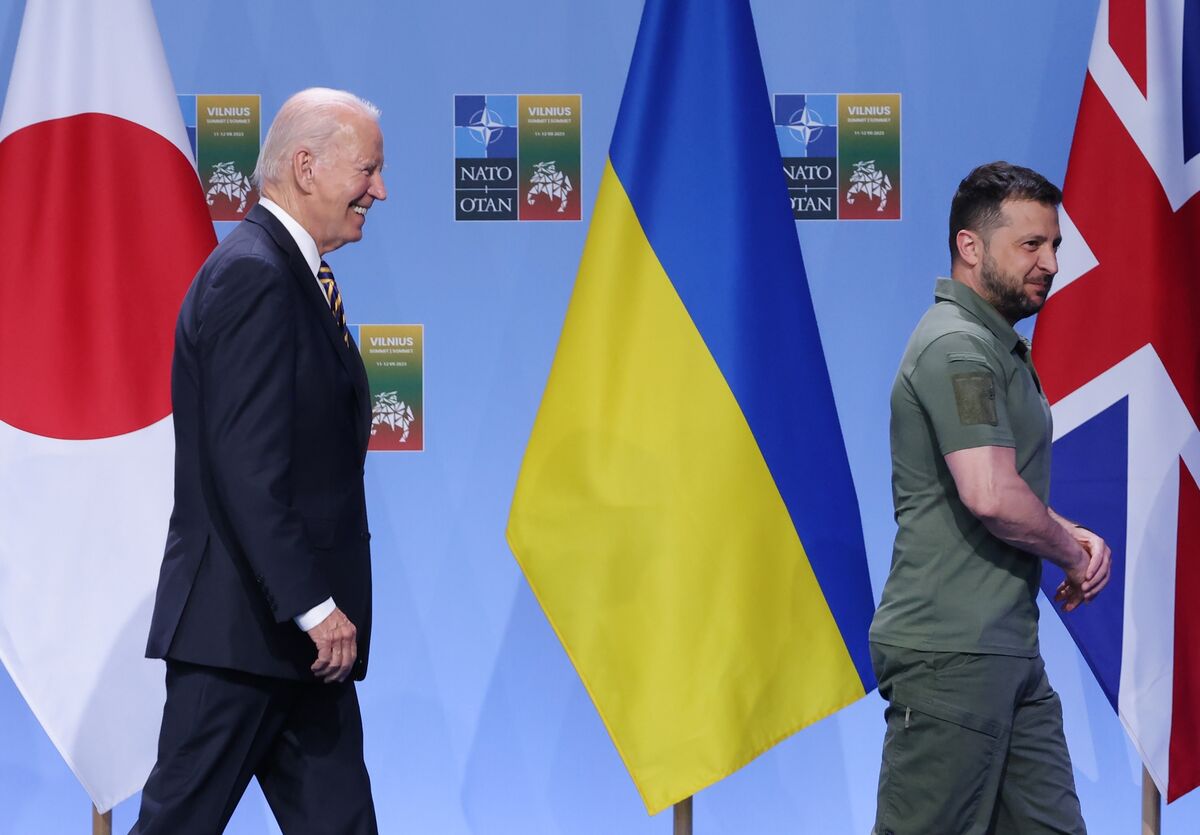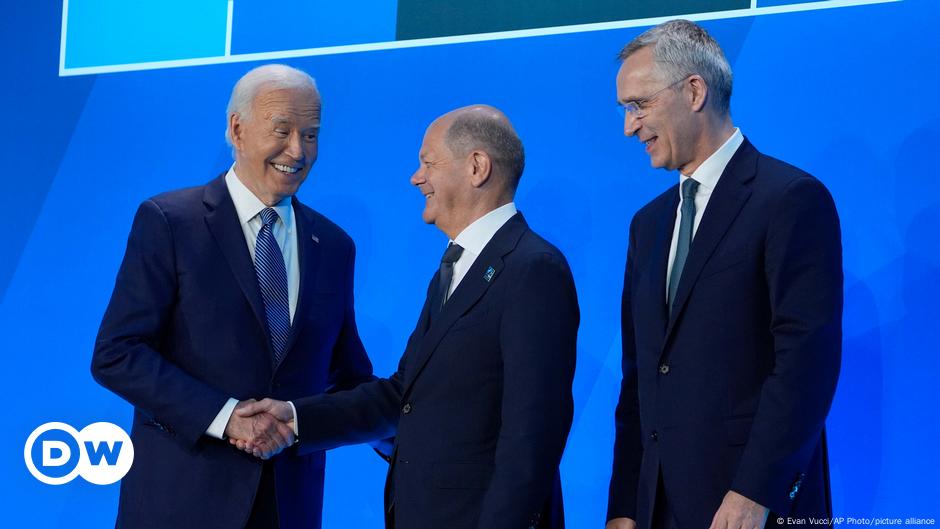
July 10, 2024
A Tale of Two Summits: NATO's Washington Gathering and the Ghost of Bucharest
It was a week filled with metaphors, both literal and figurative. Give him weapons, not bridges.’ A bridge is something you can fall off while attempting to cross a raging torrent. Well-lit or not, it's a place between two banks and in the safety of neither.
The North Atlantic Treaty Organization (NATO) summit in Washington this week was expected to issue a communique that would almost certainly contain some version of what US Secretary of State Antony Blinken previewed as “a bridge to membership’ for Ukraine, “a bridge that’s strong and well-lit.”
A bridge is dangerous thing, especially in matters of war and peace. It's a place between two banks and in the safety of neither. Enemies try to blow up while you're still building it; army types consider “wet gap crossings” among the most perilous operations in war.
The metaphor is apt, as Ukraine finds itself on an irreversible path to NATO membership, according to US and European officials. However, that journey will only be possible after the war with Russia ends. The first NATO-provided F-16s were en route to Ukraine and would be flying this summer following months of work.
The ghost of Bucharest loomed over the summit. In 2008, during a previous NATO summit, Ukrainian President Viktor Yushchenko was promised membership in the alliance. It never materialized, leaving Ukraine feeling betrayed and abandoned.
This time around, there is no consensus yet about Ukraine joining NATO. But strong language will be used in a document to signal movement towards membership.
The document, the summit communiqué, will not lay out an exact timeline for membership, which the Ukrainians have been asking for. It will insist that Ukraine first prove it can manage corruption and abide by strong democratic and law-based governance — conditions also set for other alliance members.
The war in Ukraine makes it unlikely that Kyiv will enter NATO as long as the war is ongoing. Extending a NATO invitation to Ukraine could make the war's termination virtually impossible for Putin. NATO countries have demonstrated they won't get into a direct shooting war on Ukraine's behalf, raising questions about the credibility of a NATO security guarantee for Ukraine.
In conclusion, the summit in Washington was an important step towards acknowledging Ukraine's place in the world and its eventual membership in NATO. However, it also highlighted the challenges and complexities involved in achieving that goal. The journey ahead will be long and fraught with obstacles, but it is a journey worth taking for both Ukraine and NATO.


